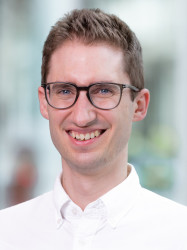BibTex format
@article{Kohli:2023:10.3389/fbioe.2023.1054391,
author = {Kohli, N and Theodoridis, K and Hall, T and Sanz-Pena, I and Gaboriau, D and van, Arkel RJ},
doi = {10.3389/fbioe.2023.1054391},
journal = {Frontiers in Bioengineering and Biotechnology},
pages = {1--12},
title = {Bioreactor analyses of tissue ingrowth, ongrowth and remodelling around implants: an alternative to live animal testing},
url = {http://dx.doi.org/10.3389/fbioe.2023.1054391},
volume = {11},
year = {2023}
}

